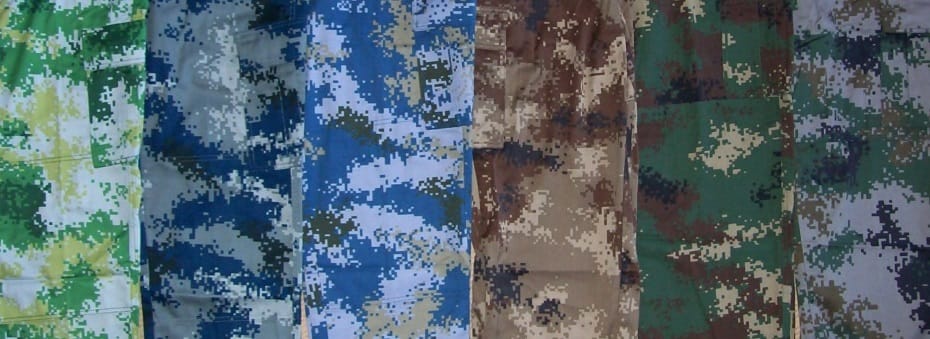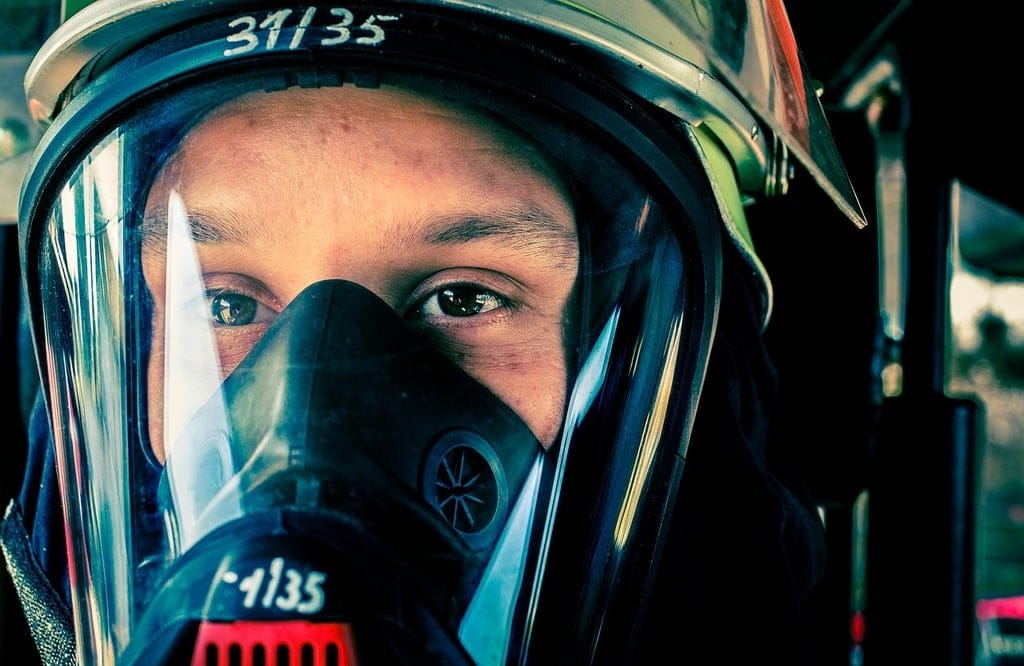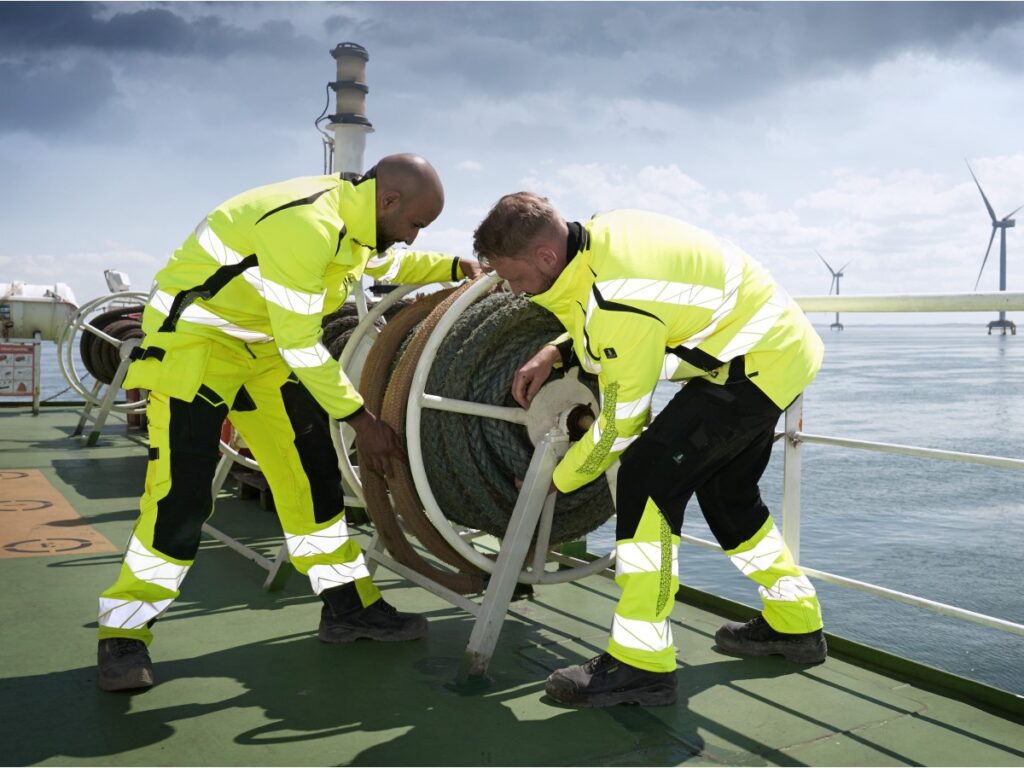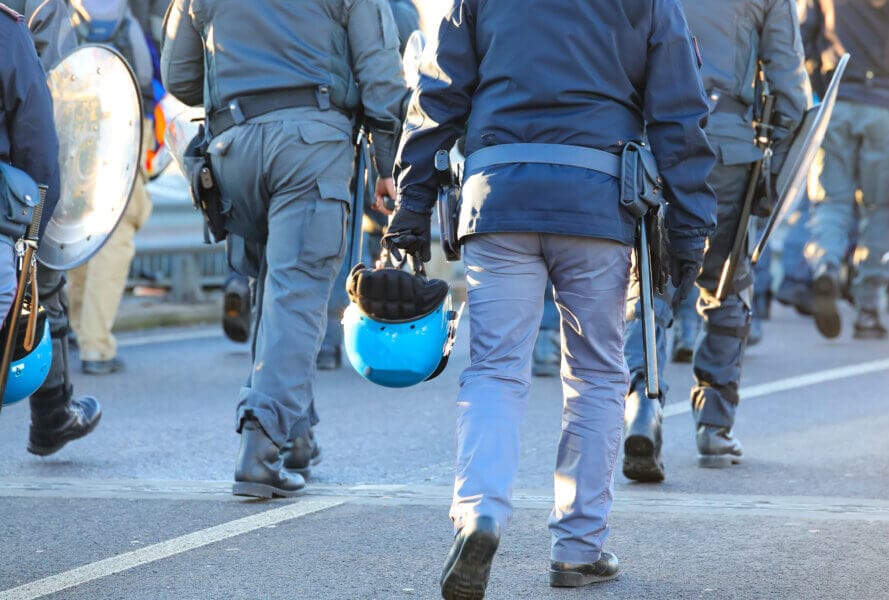
From the jungles of Vietnam to the deserts of North Africa, camouflage has always played a quiet but powerful role on the battlefield.
But it’s not just a print—it’s a strategic technology. The right camouflage makes a soldier disappear into the landscape. The wrong one? It turns them into a target.
Let’s explore how camouflage works, the science behind the patterns, and how to choose the right one for your mission terrain.
What Is Camouflage, Really?
Camouflage in military clothing is the visual disruption of the human silhouette to reduce detection by:
- The human eye
- Thermal imaging
- Night vision devices (NIR spectrum)
- Motion perception in peripheral vision
It works by:
- Blending into the background (color matching)
- Breaking up outlines (shape disruption)
- Mimicking natural shadows or light spots
Good camouflage doesn’t just help you hide—it buys you time and tactical advantage.
Types of Camouflage Patterns (And What They’re Designed For)
Different terrains demand different camo logic.
| Camouflage Type | Designed For | Examples |
|---|---|---|
| Woodland | Forest, jungle, temperate environments | U.S. M81, Flecktarn, DPM |
| Desert / Arid | Sandy, dry, sun-exposed terrain | MultiCam Arid, Desert DPM |
| Urban / Digital Gray | Buildings, concrete, rubble | UCP, ATACS LE, Urban MARPAT |
| Snow / Arctic | Snowfields, ice, overcast landscapes | Winter MARPAT, Reversible White |
| Multi-Environment | Blended environments, global ops | MultiCam, Kryptek Mandrake |
✅ Don’t just print camo on a uniform—print the right camo for the mission zone.
How Camo Disrupts Visual Recognition
The human brain is hardwired to recognize patterns and outlines—especially the familiar shape of a person.
Camo helps by:
- Using irregular shapes to break body contours
- Mixing light and dark tones to simulate shadows and depth
- Aligning color zones with body movement points (like shoulders and knees)
Camouflage isn’t about “looking like a tree.” It’s about making your shape unrecognizable at first glance.
What About Night Vision and NIR Compliance?
Camo must also work in non-visible light.
Many militaries now require:
- NIR-compliant fabrics that reflect near-infrared light at rates similar to the surrounding terrain
- Special dyes that don’t glow under night vision or infrared scopes
- Low-gloss finishes to prevent reflection under moonlight or artificial lighting
⚠️ A visually perfect camo uniform that glows in IR is a liability in night operations.
✅ Check for NIR testing results or “IRR treated” labels when sourcing fabric.
Real-World Examples of Mission-Specific Camo Use
| Operation Zone | Best Camouflage Pattern |
|---|---|
| Jungle in Southeast Asia | Tiger Stripe, Woodland, Tropical MARPAT |
| Iraqi Desert / Syria | MultiCam Arid, Desert MARPAT, AOR1 |
| Urban conflict zones | UCP (gray digital), ATACS Urban, Black Camo |
| Snow training ops | Snow MARPAT, all-white oversuit |
| Global mobility troops | MultiCam, Scorpion OCP, Kryptek Highlander |
✅ Some teams use removable outer layers or over-camo covers to adapt to mixed terrain.
Beyond Print: Garment Shape and Camo Positioning
A good camouflage system doesn’t stop at fabric.
Key design integrations:
- Shoulder, sleeve, and leg zones follow terrain break logic
- Pockets and seams placed to avoid disrupting camo zones
- Accessories (hats, gloves, pouches) matched to the base pattern
- Boots and belts either blend in or break intentionally to mimic terrain shadows
“Camo over-designed” uniforms fail when too many accessories or Velcro patches ruin the pattern.
Custom Camo and Branding for Military, Police, or PMC
For security teams, PMCs, or national forces, you may want:
- ✅ Custom camouflage printing on approved fabrics
- ✅ Digital camo in local colors (e.g., woodland with olive/navy)
- ✅ Unit-specific patterns based on geography
- ✅ Reversible camo layers (e.g., woodland one side, snow camo other side)
- ✅ IRR-compliant logo printing (low-glow for unit insignia)
At workwearsolutions, we can produce custom camo rolls and uniform sets based on terrain, brand, or contract need—minimums negotiable.
How to Choose the Right Camouflage for Your Mission
Here’s your step-by-step selection guide:
- Define your primary terrain (forest, desert, urban, snow)
- Check for night ops → NIR compliance required
- Identify secondary environments (are you moving between zones?)
- Decide on mobility vs concealment balance
- Check integration with existing gear (vests, gloves, helmet covers)
- Ask for swatches or field photos before placing bulk orders
- Confirm dye fastness, IR compliance, and certification
Conclusion
Camouflage is both science and survival art. When chosen and applied correctly, it keeps your team hidden, safe, and tactically one step ahead.
Whether you’re equipping special forces, peacekeeping units, or private contractors, make sure:
- The pattern matches the mission terrain
- The fabric supports NIR suppression and color durability
- The uniform design keeps the camo functional—not just decorative
Need help selecting, customizing, or sourcing terrain-appropriate camouflage clothing? I’ll help you blend in, stand out—and win the contract.
📩 Contact: [email protected]
🌐 Visit: www.workwearsolutions.net
Zion Zhang
Recent Posts
 PPE Distributor Success Stories: From Small Orders to Large Contracts2025年8月20日I’ll never forget the story of a small distributor in […]
PPE Distributor Success Stories: From Small Orders to Large Contracts2025年8月20日I’ll never forget the story of a small distributor in […] How to Build a Strong PPE Sales Channel in Emerging Markets: A Buyer’s Guide2025年8月20日I was in a meeting with a distributor from Lagos, Nigeria, […]
How to Build a Strong PPE Sales Channel in Emerging Markets: A Buyer’s Guide2025年8月20日I was in a meeting with a distributor from Lagos, Nigeria, […] PPE Supplier Risk Management: How to Avoid Supply Chain Failures2025年8月20日One of the most valuable lessons I’ve learned in the PPE […]
PPE Supplier Risk Management: How to Avoid Supply Chain Failures2025年8月20日One of the most valuable lessons I’ve learned in the PPE […] PPE Quality Inspection: Buyer Case Studies2025年8月20日When you’re sourcing PPE from international suppliers, […]
PPE Quality Inspection: Buyer Case Studies2025年8月20日When you’re sourcing PPE from international suppliers, […] PPE Negotiation Tactics for Emerging Markets: A Buyer’s Guide2025年8月20日When I first started working in the PPE industry, I learned […]
PPE Negotiation Tactics for Emerging Markets: A Buyer’s Guide2025年8月20日When I first started working in the PPE industry, I learned […] Customizing Workwear & PPE for Local Markets: A Practical Guide2025年8月20日When I first started working in the PPE industry, I saw a […]
Customizing Workwear & PPE for Local Markets: A Practical Guide2025年8月20日When I first started working in the PPE industry, I saw a […]
CONTACT US
- Feel free to contact us any time. We will get back to you as soon as we can!
- +86-17330061805
